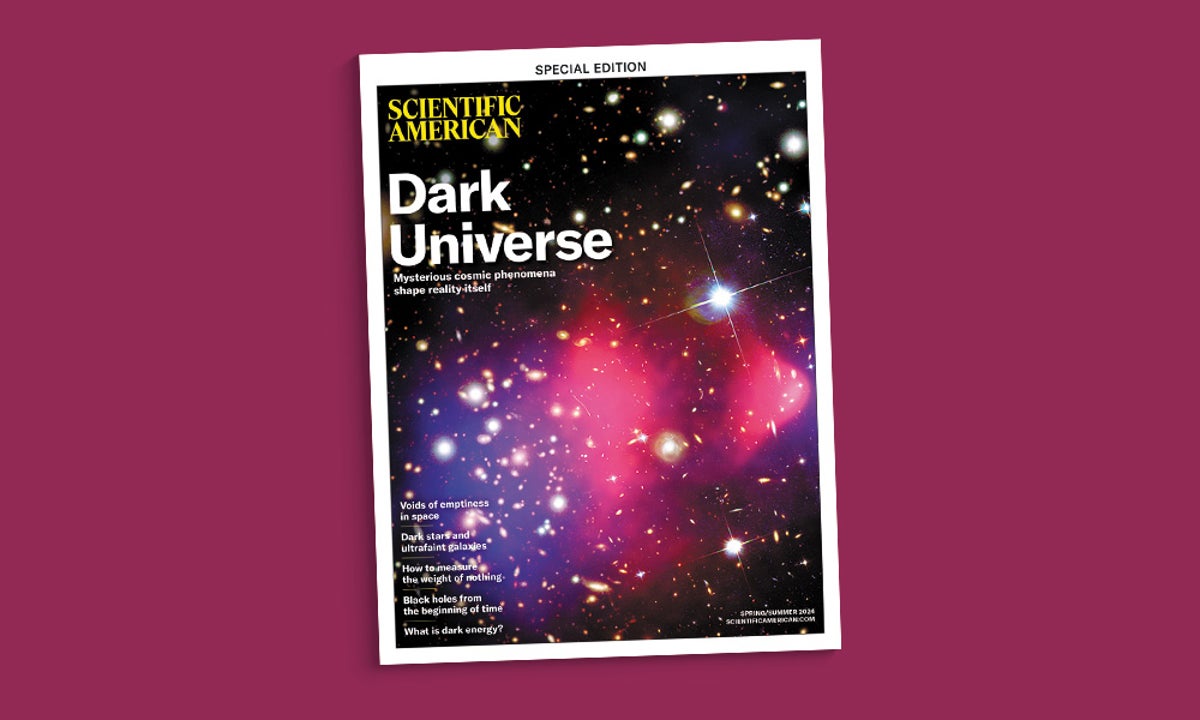More than 25 years ago astrophysicists discovered that rather than slowing down as it expands, the universe is in fact speeding up; some invisible force between the points and clusters of light is making the universe careen off in every direction. The cosmos is brimming with this so-called dark energy and other mysterious phenomena.
The empty vacuum of space is alive with exotic particles flashing in and out of existence.
One of the more mind-bending hypotheses in cosmology is that our universe could be a holographic projection of a lower dimension. This concept has led to new ideas about black holes and the early universe. Spacetime itself may not be an inherent feature of the universe; instead it could arise from a more basic framework of the cosmos. And Nobel Prize–winning physicists have shown that our reality is not necessarily … real.
Humans peer at the stars, yes, but we are limited by our eyes, perceiving only 0.0035 percent of the electromagnetic spectrum. We can’t see radio waves, x-rays or heat, never mind other forces such as gravity or magnetism, but innovative technology is allowing us to understand some of the unseen. The totality is mostly still hidden from us in darkness, but that doesn’t mean we’ll stop looking.


